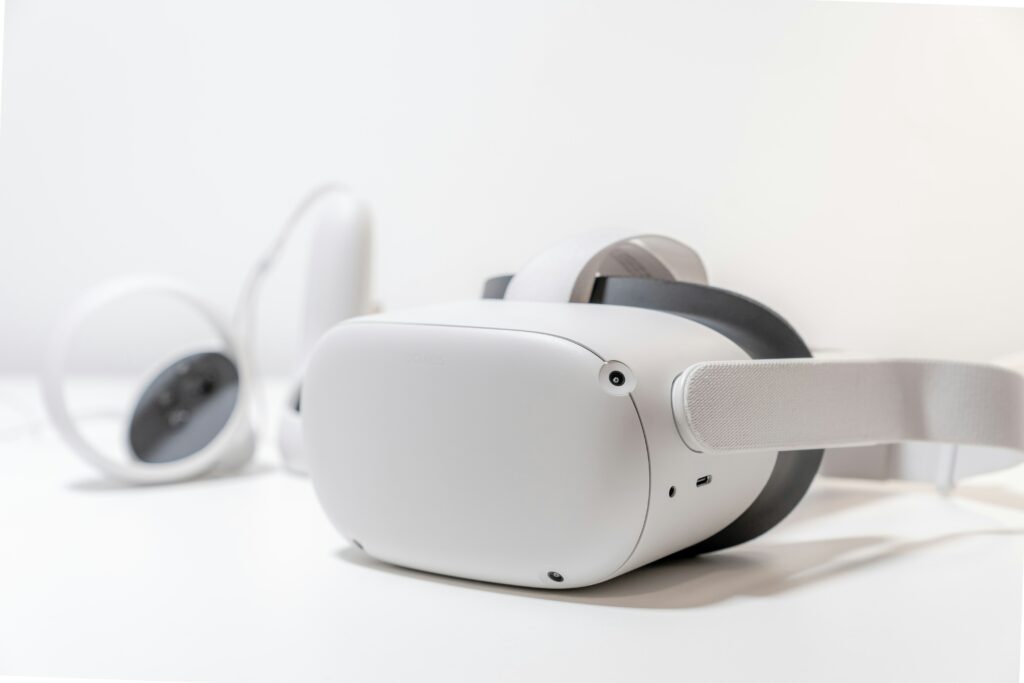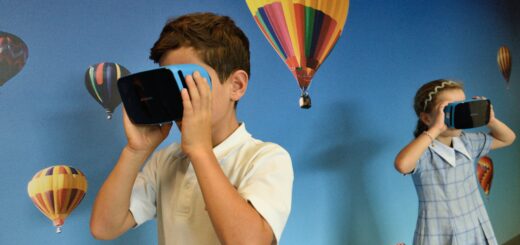Financial Accessibility for VR in Classrooms
*Note: this inquiry was made utilizing artificial intelligence (AI) resources like ChatGPT*
Making VR Financially Accessible for Classrooms
Virtual Reality (VR) has incredible potential as an educational tool, offering immersive experiences that bring lessons to life. From exploring the solar system to stepping inside historical events, VR can enhance learning in ways traditional methods can’t. However, the cost of VR technology can be a significant barrier for schools. Here are some practical ways to make VR more financially accessible for your classroom.

1. Start with Mobile VR Solutions
Instead of investing in high-end VR headsets, consider using affordable mobile VR options like Google Cardboard or similar phone-based headsets. Many educational VR apps are free or low-cost and can be accessed using smartphones, which many students already have.
2. Apply for Grants and Funding
Educational grants and funding programs often support the integration of technology in classrooms. Look for local and national programs that offer financial support for tech-focused educational initiatives. Platforms like DonorsChoose and Education Foundation Grants are great starting points.
3. Utilize Free and Open-Source Content
There are numerous free VR educational resources available. Platforms like YouTube VR, Google Expeditions, and Open Heritage offer immersive experiences in subjects like science, history, and geography. Many museums and organizations provide free virtual tours and educational content.
4. Share Resources with Other Schools
Collaborate with neighboring schools or district networks to pool resources. A shared VR kit that rotates between schools or classrooms can dramatically reduce the cost per use. Libraries and community centers may also offer VR resources that can be borrowed.
5. Consider DIY and Low-Cost VR Alternatives
Encourage students to create their own VR experiences using simple tools like CoSpaces Edu or Mozilla Hubs. These platforms provide accessible ways to build and explore virtual environments using basic devices.
6. Host Fundraisers or Partner with Local Businesses
Local businesses, particularly those in tech industries, may be willing to sponsor classroom technology. Hosting community events or online fundraisers can also raise funds for VR equipment.
Here’s a concise list of articles on making VR financially accessible for classrooms:
- Making VR Affordable and Accessible in Special Education Classrooms – Tips for budget-friendly VR implementation.
- With the Right Investments, AR and VR Can Reduce Education Gaps – Discusses investments in AR/VR to promote equity.
- How to Use AR and VR in the Classroom – Practical applications for immersive learning.
- VR in Education: Examples for Classroom Use – Cost comparisons and examples of VR in schools.
- The Startup Bringing Virtual Reality into Australian Classrooms – Insights on affordable VR integration.
Conclusion
Bringing VR into the classroom doesn’t have to break the budget. By exploring mobile VR, seeking funding opportunities, utilizing free content, sharing resources, and encouraging DIY experiences, educators can make immersive learning a reality for their students. With creativity and collaboration, VR can become an affordable and impactful tool in education.


